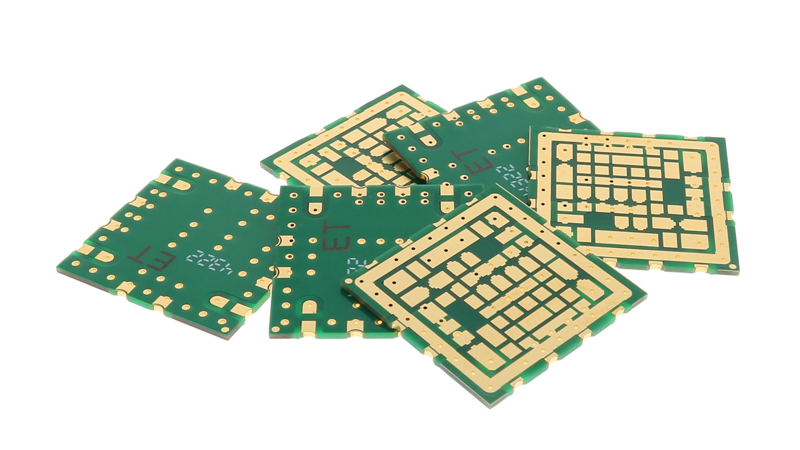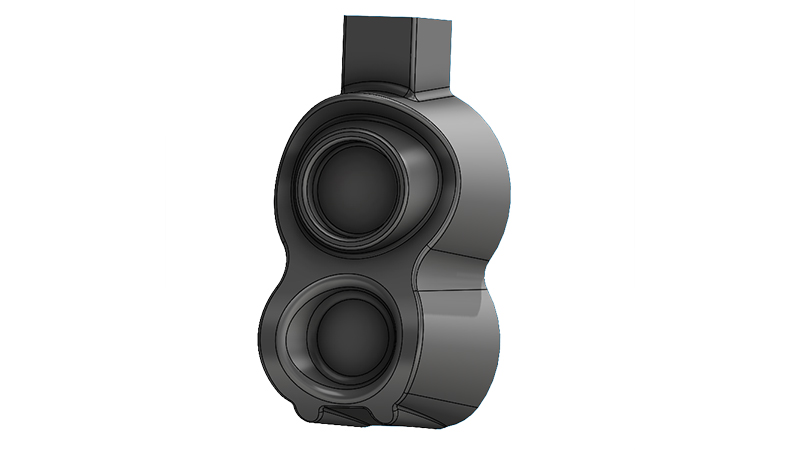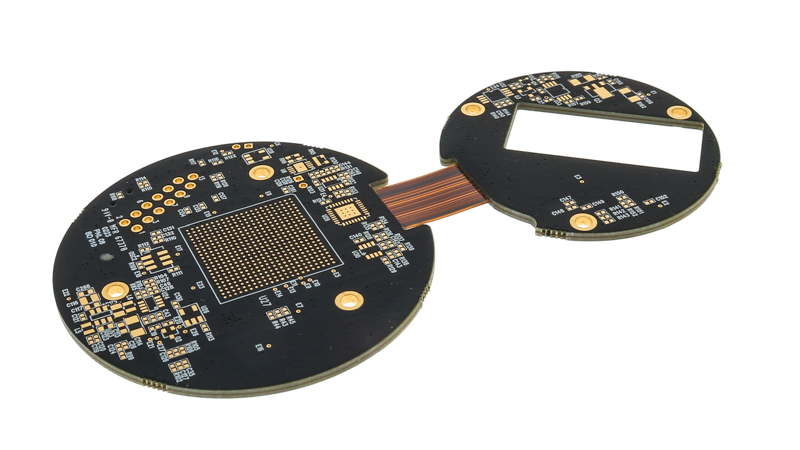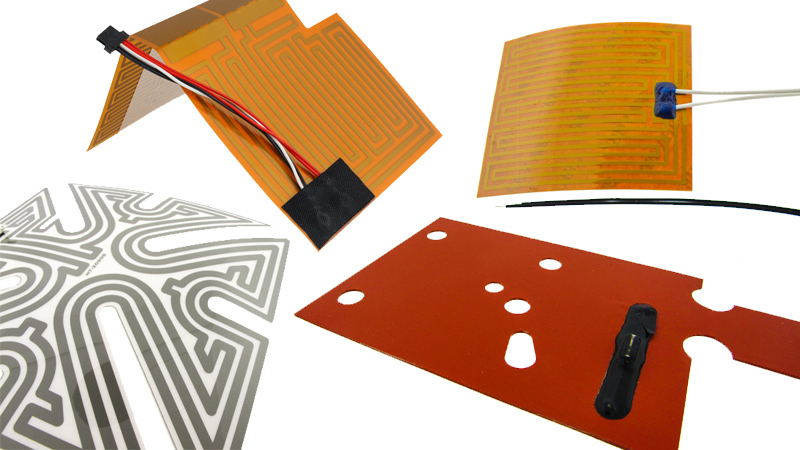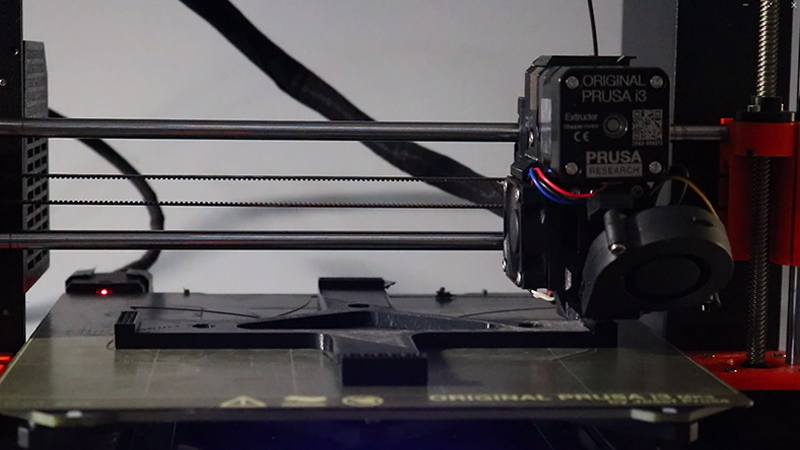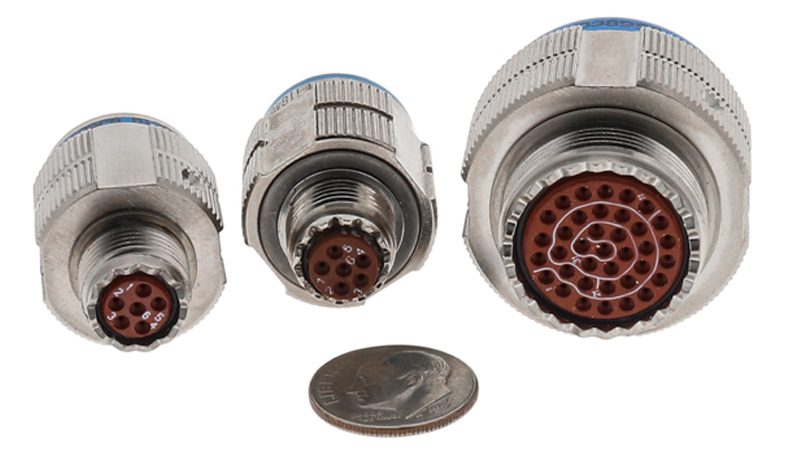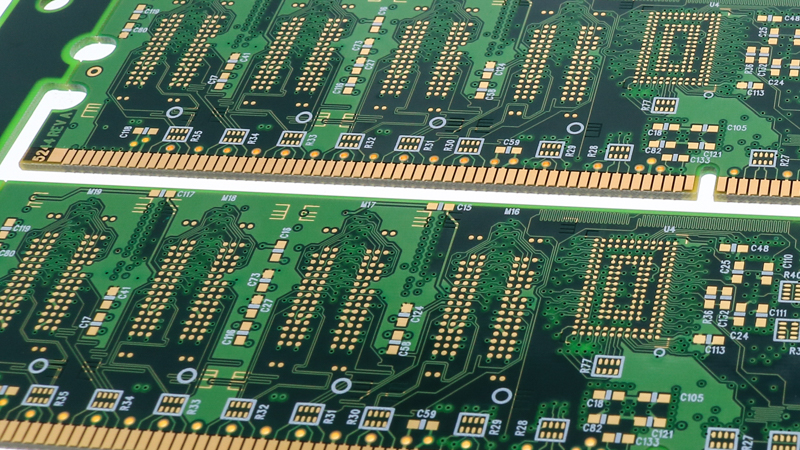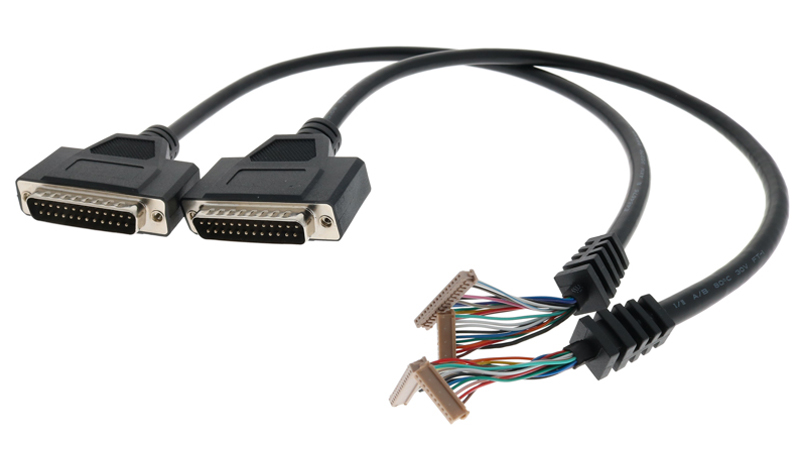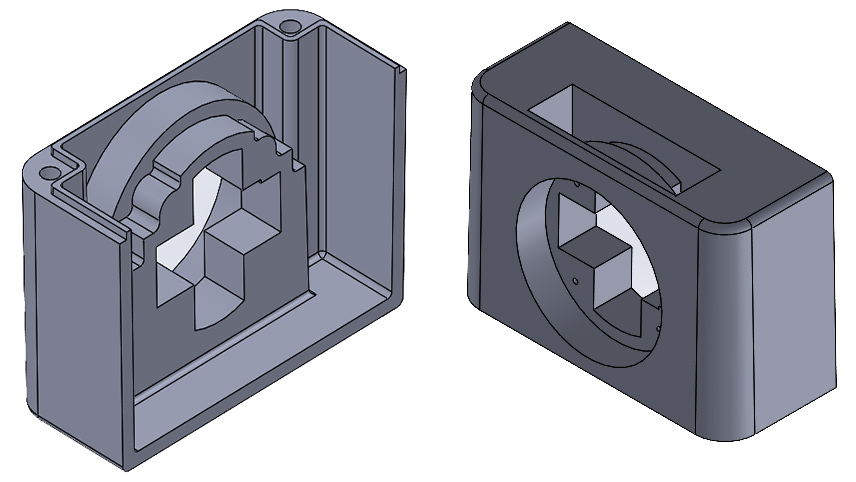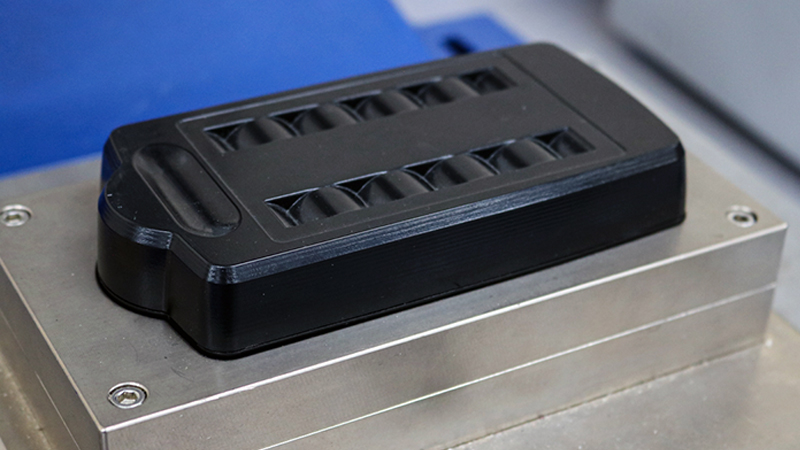In the world of printed circuit board (PCB) manufacturing, the devil is in the details. Even subtle design features like plated edges, castellated holes, and advanced milling techniques have far-reaching implications in terms of cost and production time.
The two main categories of 3D modeling can be defined as solid modeling and surface modeling. Solid modeling consists of extruding and cutting away from solid geometric volumes. This is great for subtractive and additive manufacturing methods such as milling and 3D printing.
Rigid-flex printed circuit boards (PCBs) are a great solution to combine the benefits of both rigid and flex PCBs, but as a result, can accumulate the design challenges of both types alongside creating their own challenges along the way.
Designing flexible heaters requires careful consideration of various factors to ensure cost-effective manufacturing without compromising performance or quality. In this blog post, we will explore the top tips for designing flexible heaters that can be manufactured efficiently and economically.
The advent of 3D printing has drastically changed how products and designs come to market. From rapid prototyping to personalized manufacturing, 3D printing offers endless possibilities. However, to harness its full potential, designers must understand the unique considerations and constraints associated with this transformative technology.
In the world of high-performance electronics, such as military and aerospace systems, the design and functionality of cables play a crucial role in ensuring reliable and high-speed communication, power transmission, and data transfer.
You may be asking: what is an HDI printed circuit board and what makes it different than standard PCBs? Let’s break it down for better understanding from a design and from a supplier point of view. As Epec continues to grow our design business, it has become very apparent that many designers are very good at what they do and have no manufacturing knowledge to proof designs against.
D-subminiature connectors, commonly referred to as D-subs, are a class of interconnects that are widely used in the electronics industry for both commercial and industrial applications. The name "D-sub" comes from the shape of the connector shell which looks similar to the letter "D” when viewed from the front face.
Determining the manufacturing process of your design is a key decision that should be addressed at the start of the design stage. The impact of how your design is manufactured will either limit or open up new options for how your idea can be explored.
Hazardous environments consist of work areas that may experience elevated levels of corrosion, extreme temperature variations, high pressure, flammable substances, or explosive conditions. Devices operating on battery power need special design requirements to prevent the battery pack from becoming damaged due to these hazardous materials.


